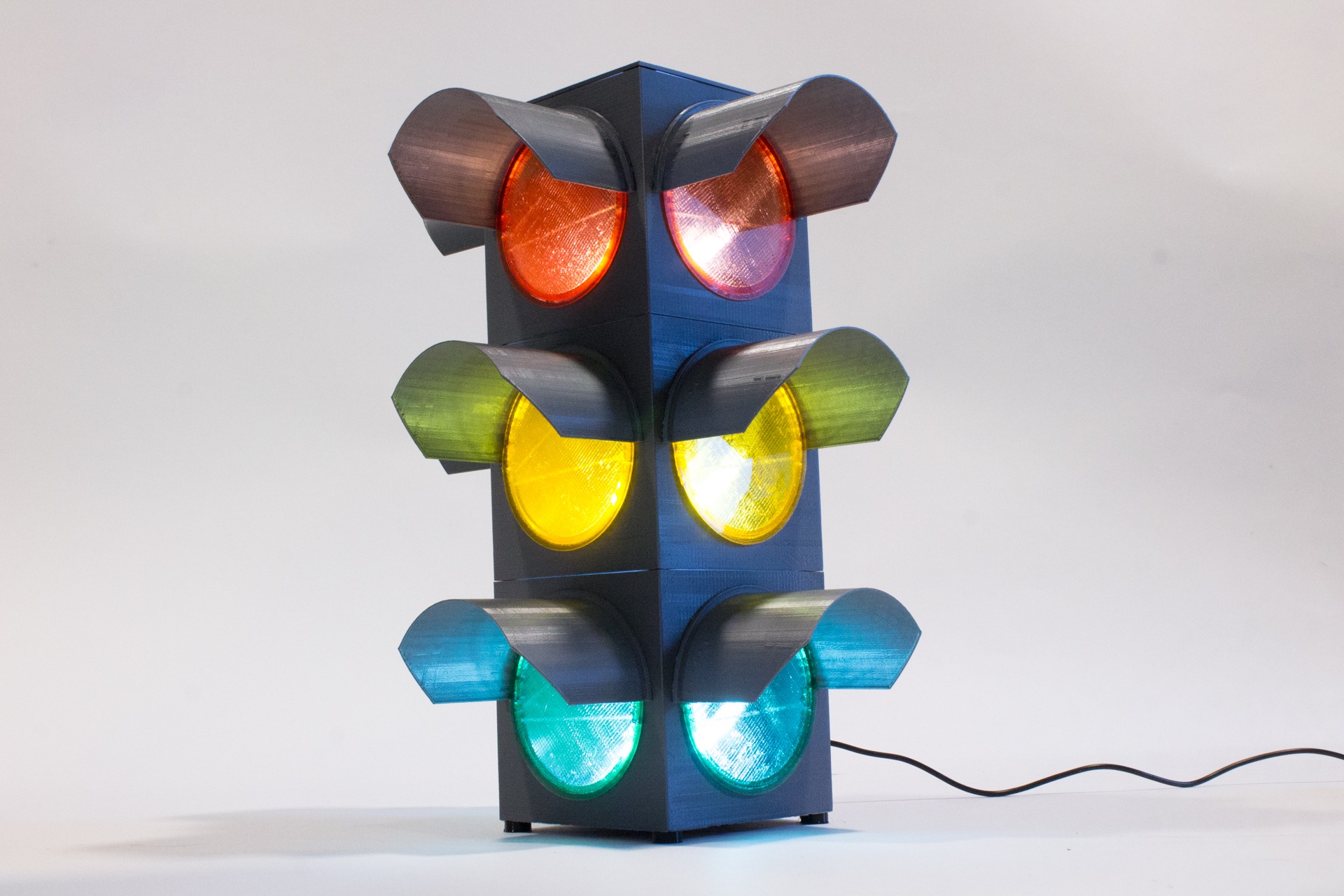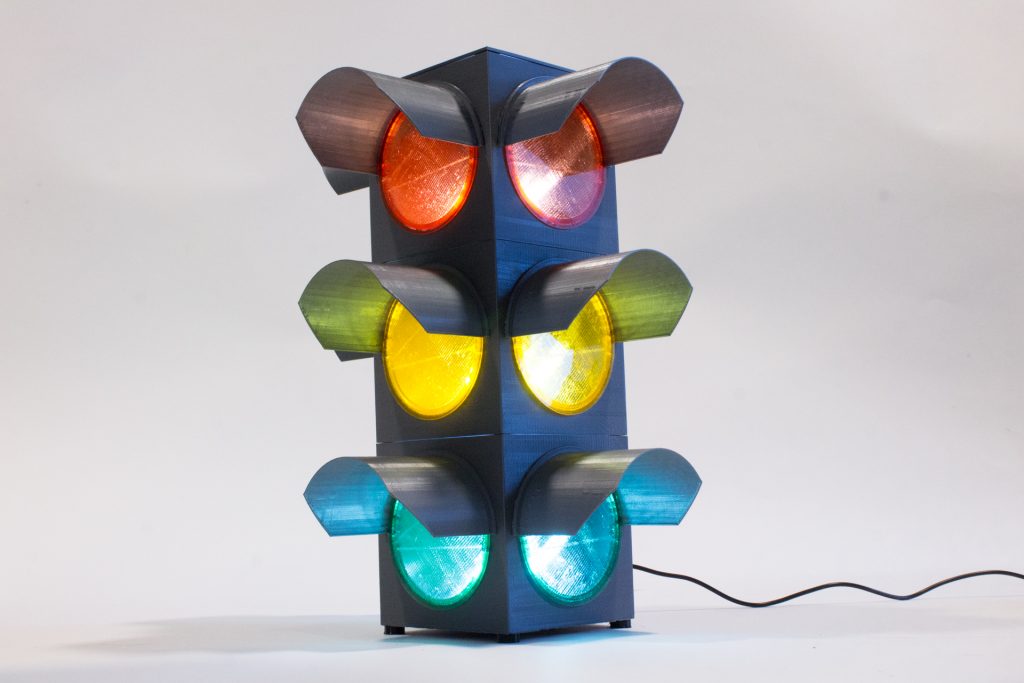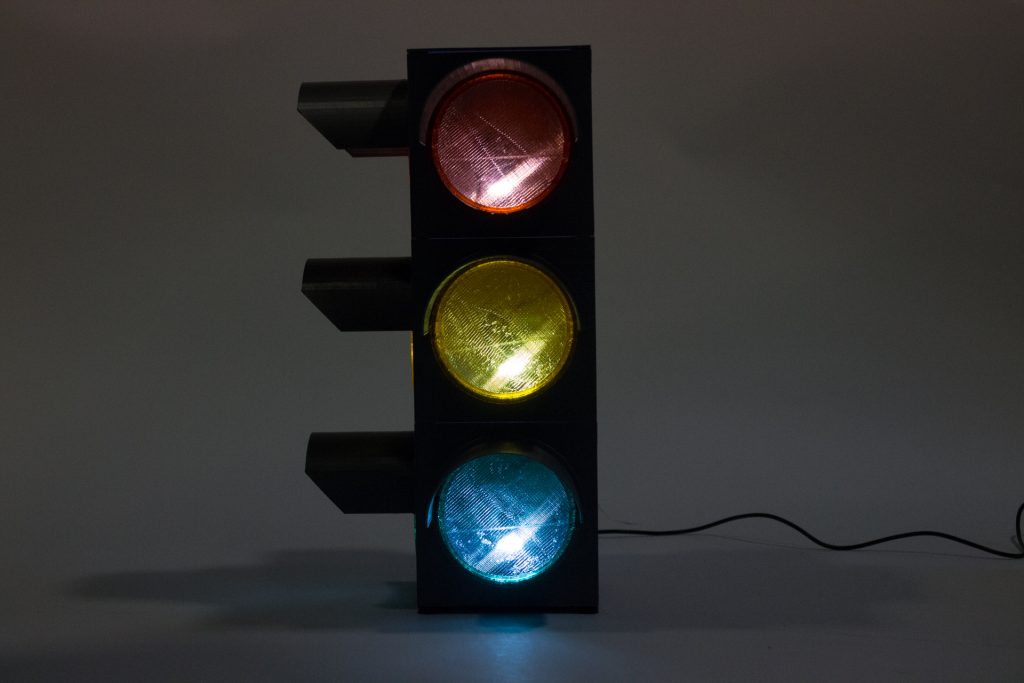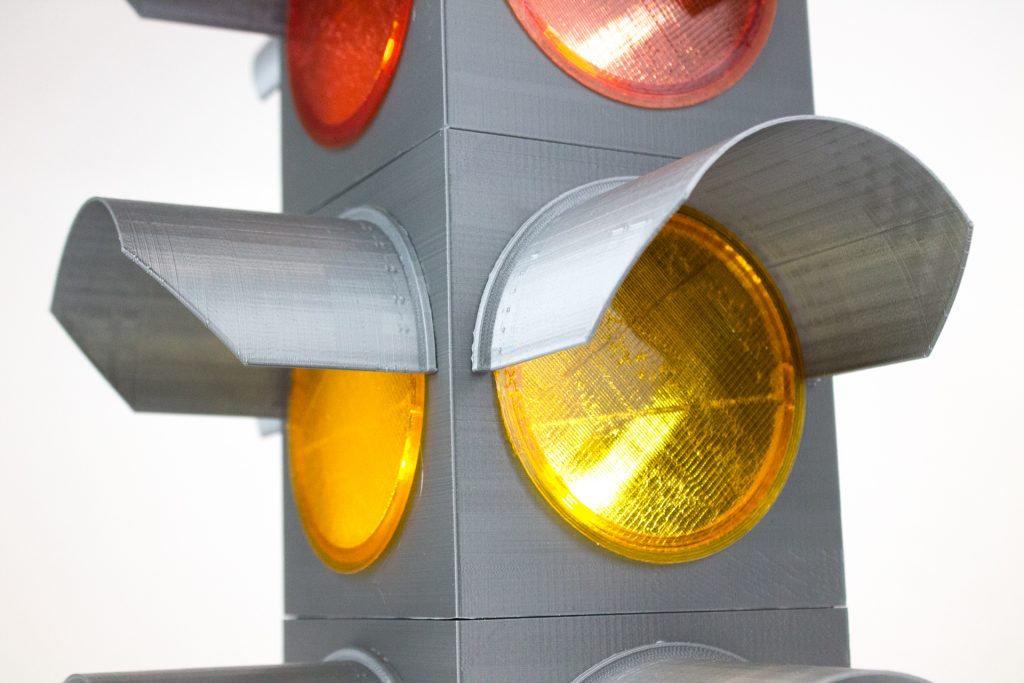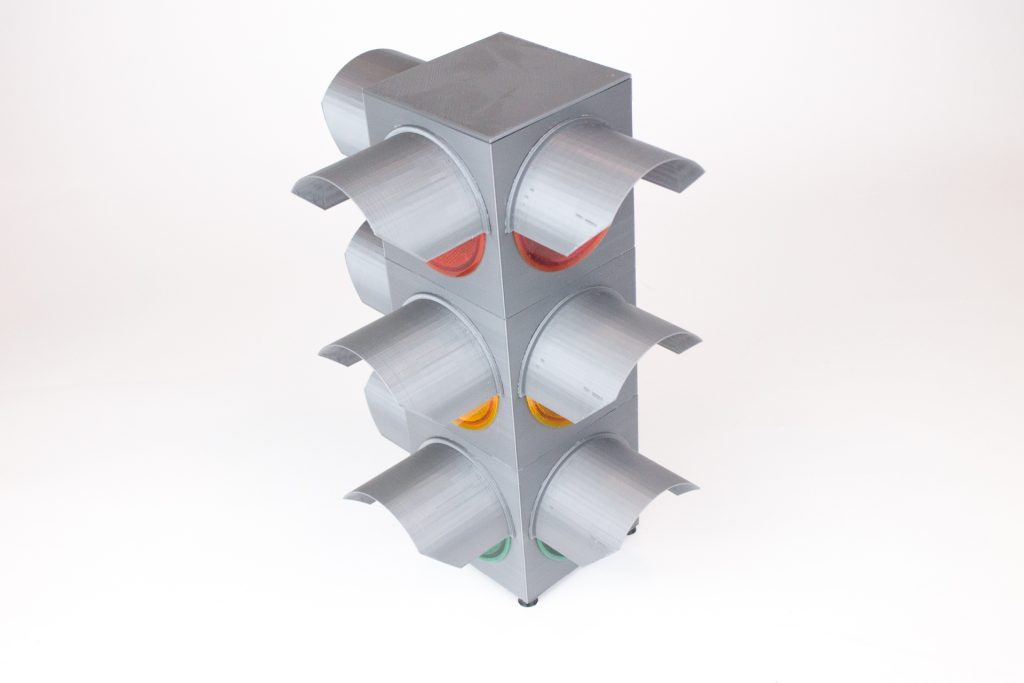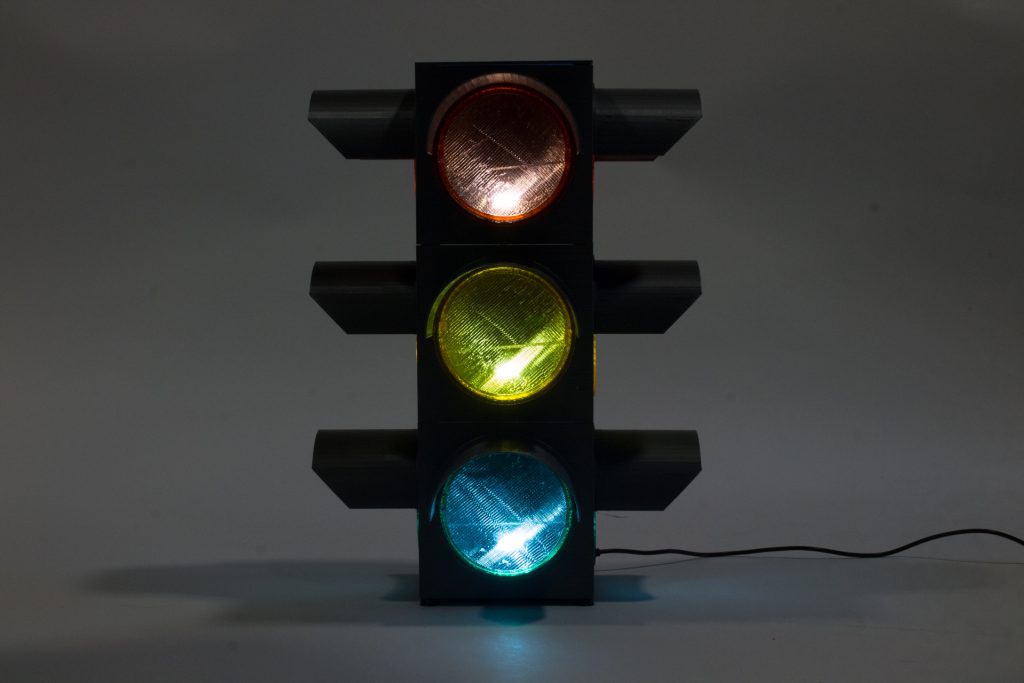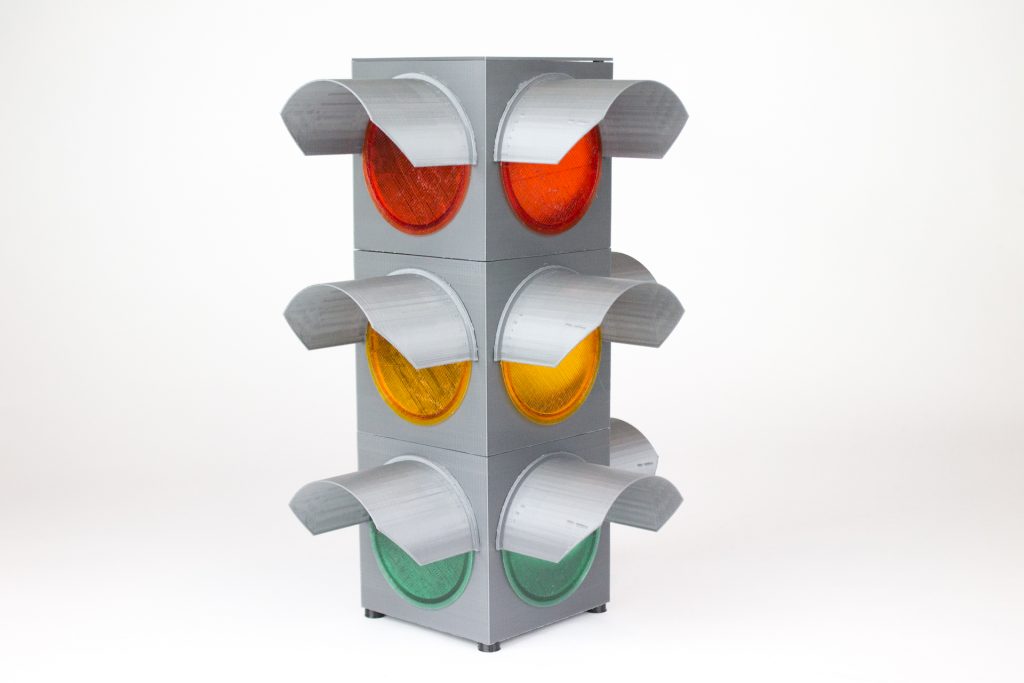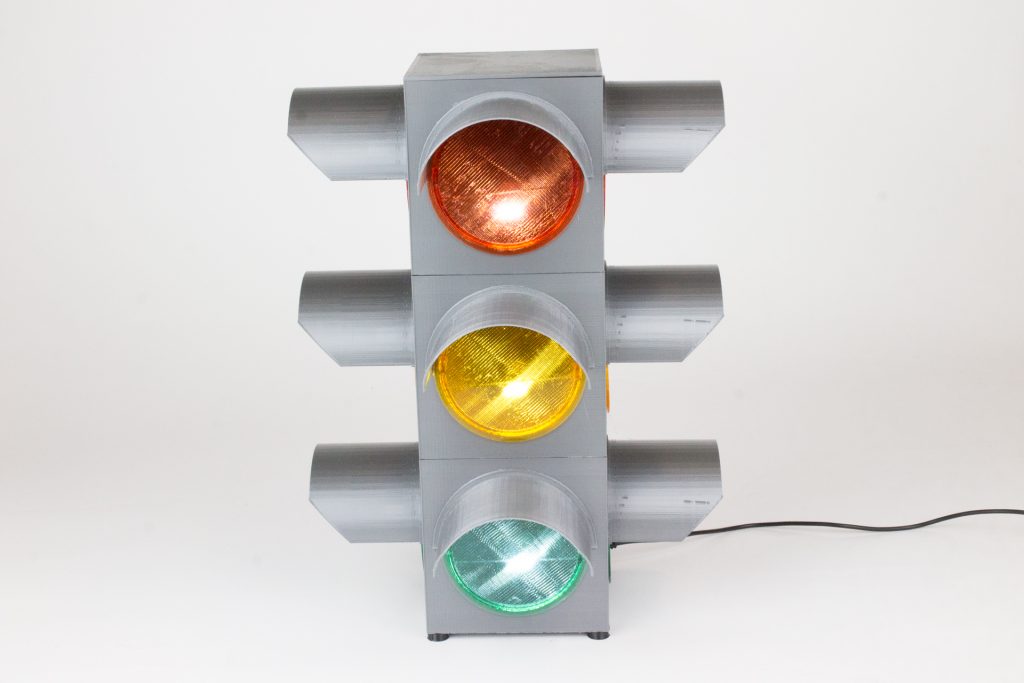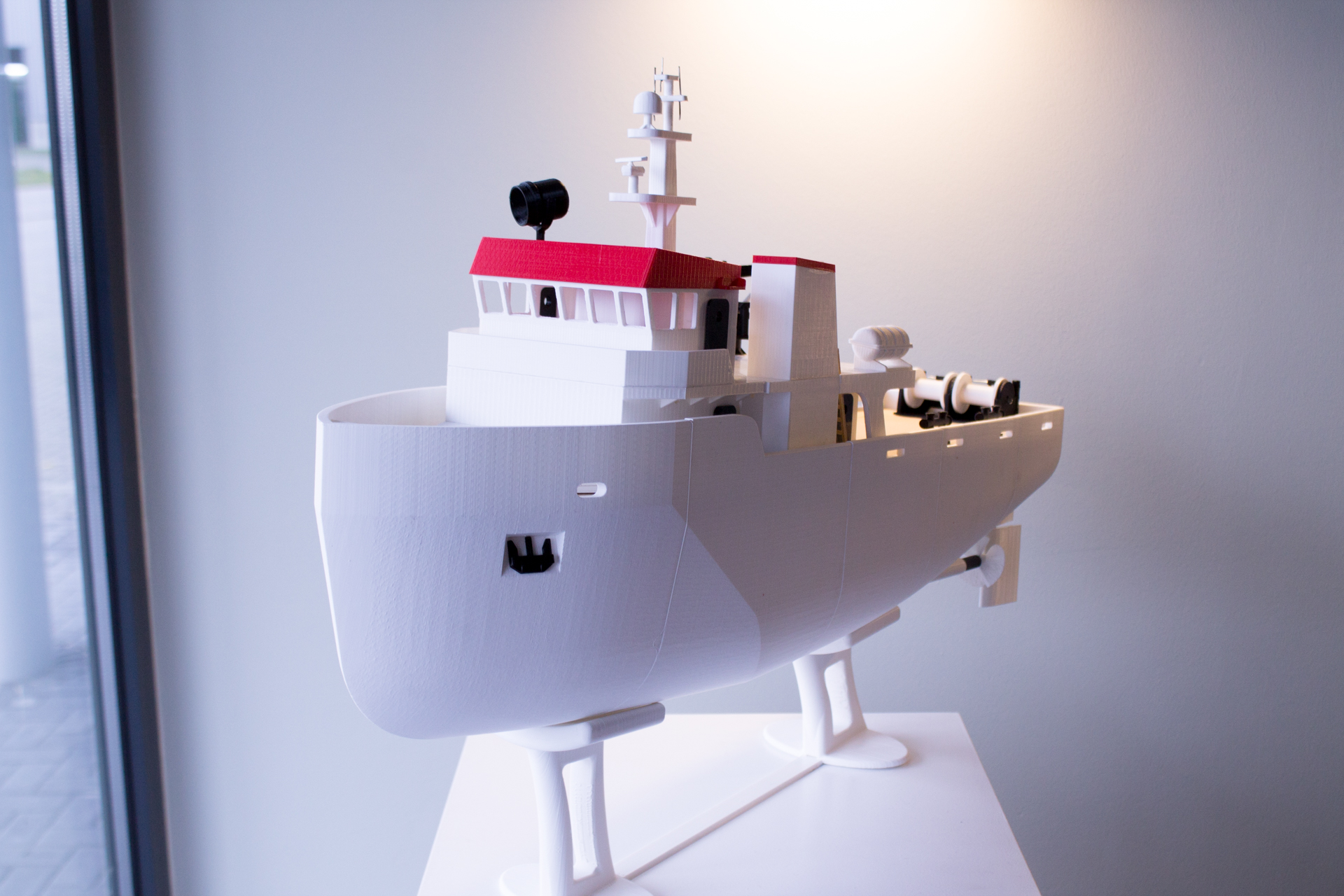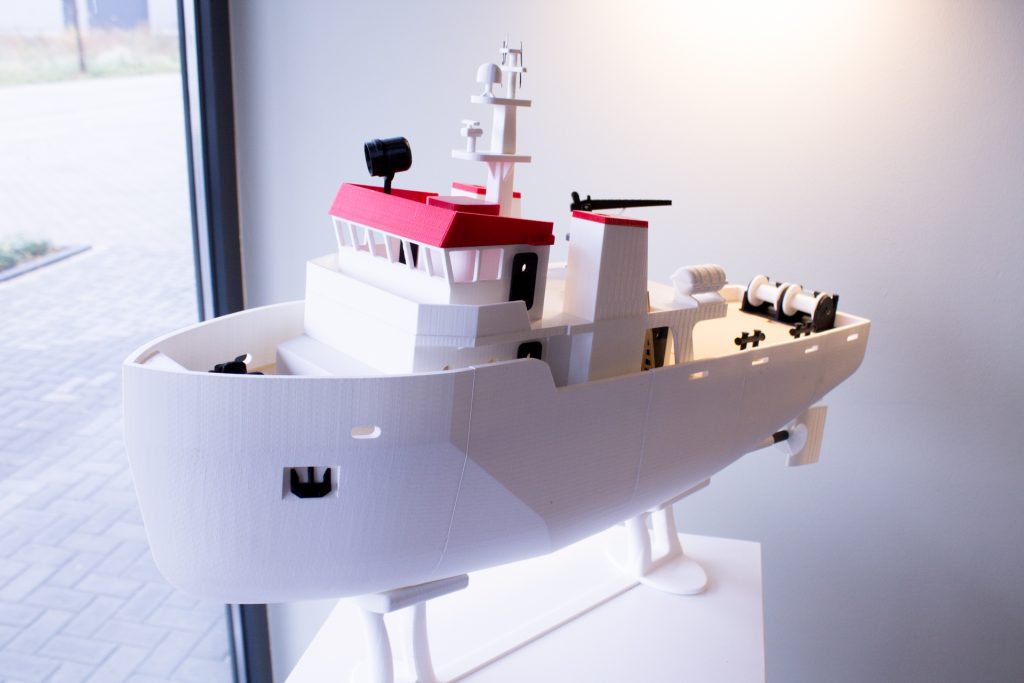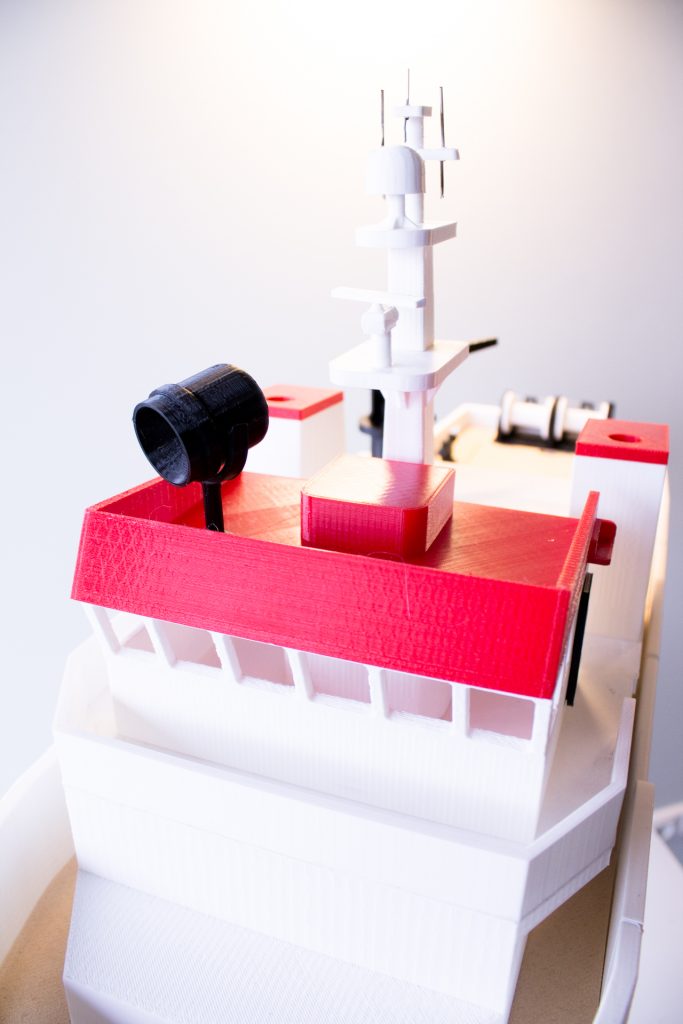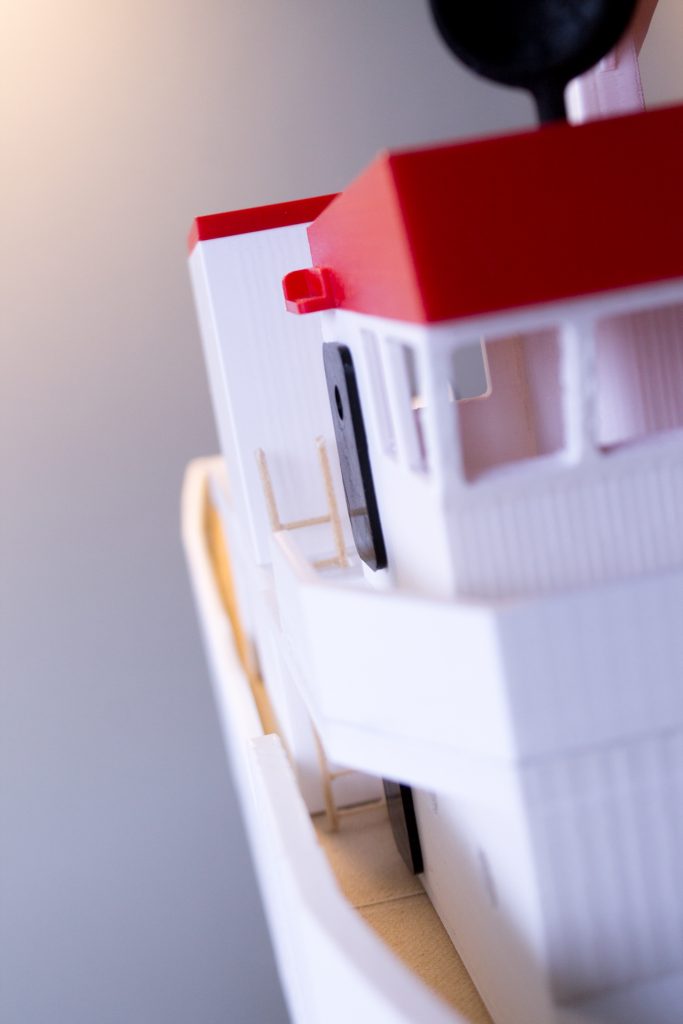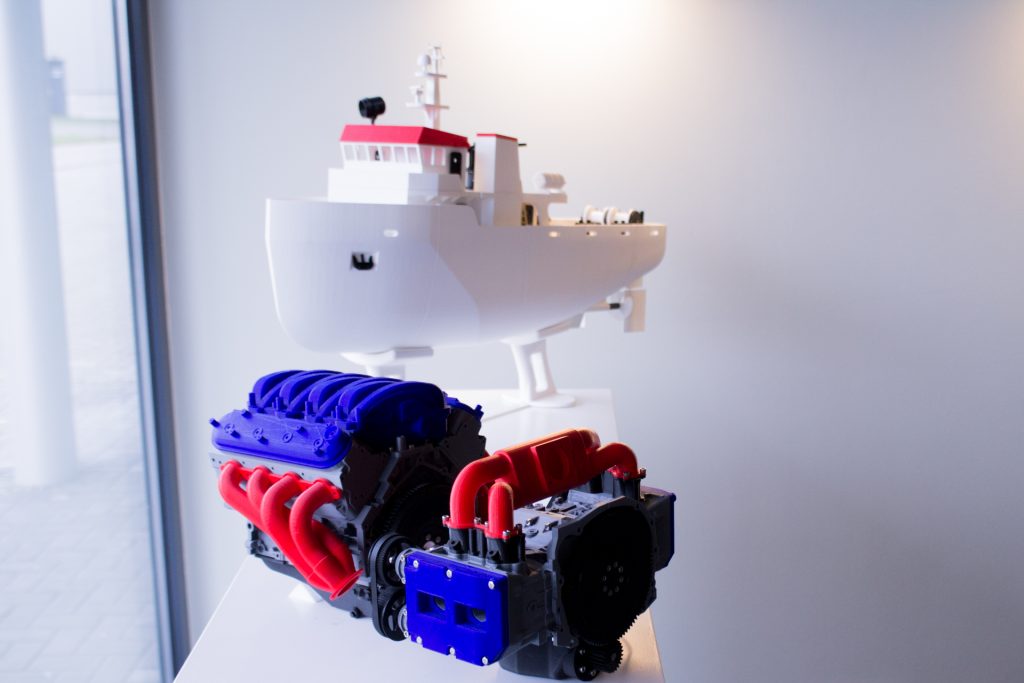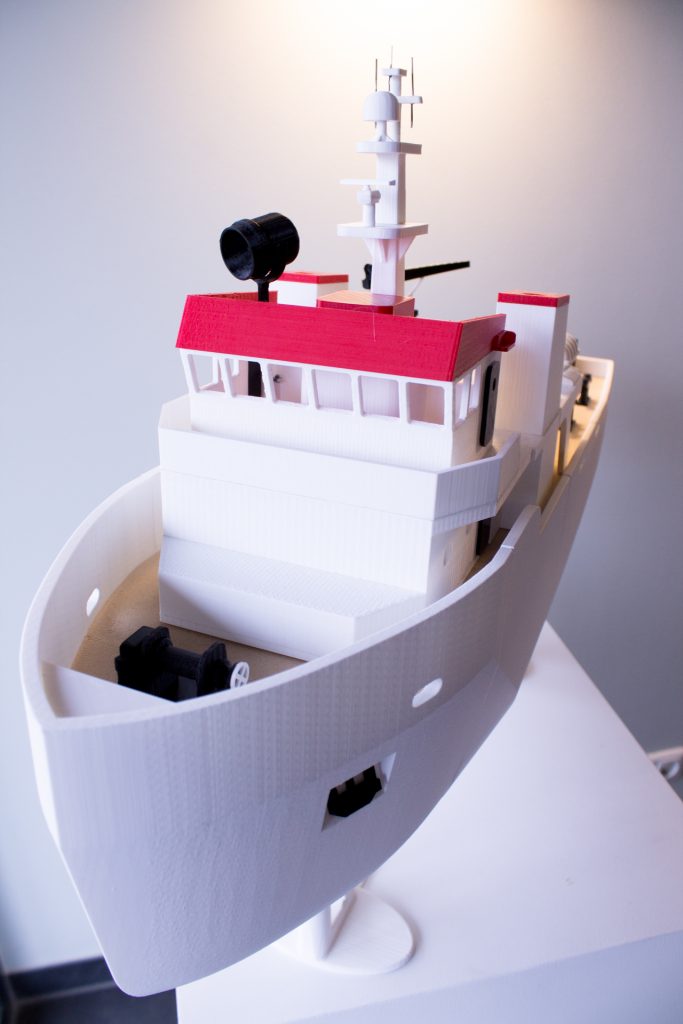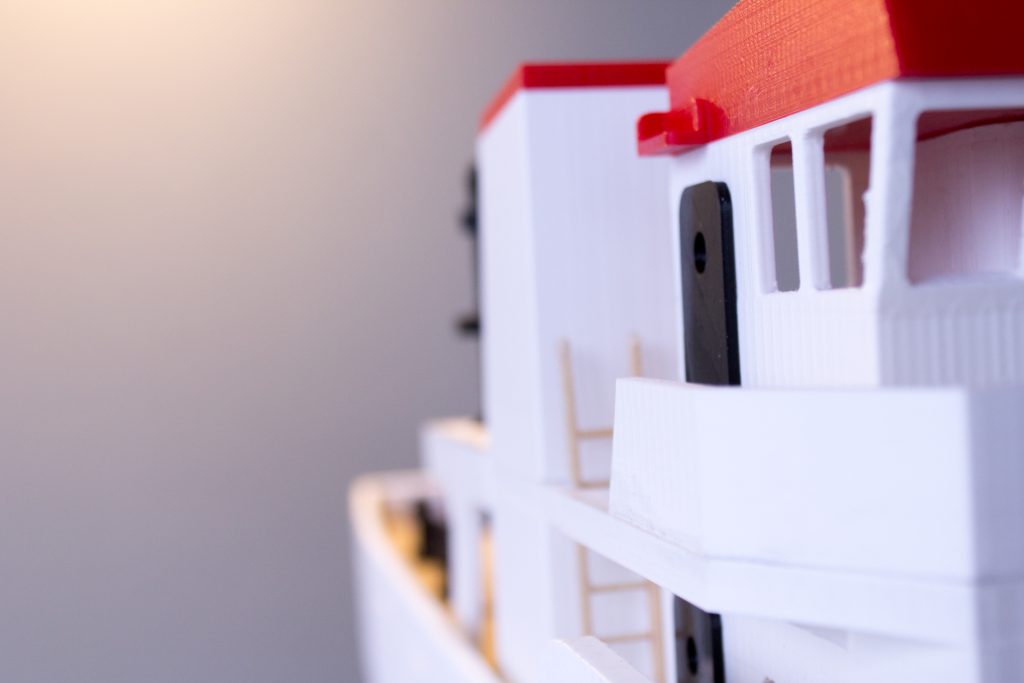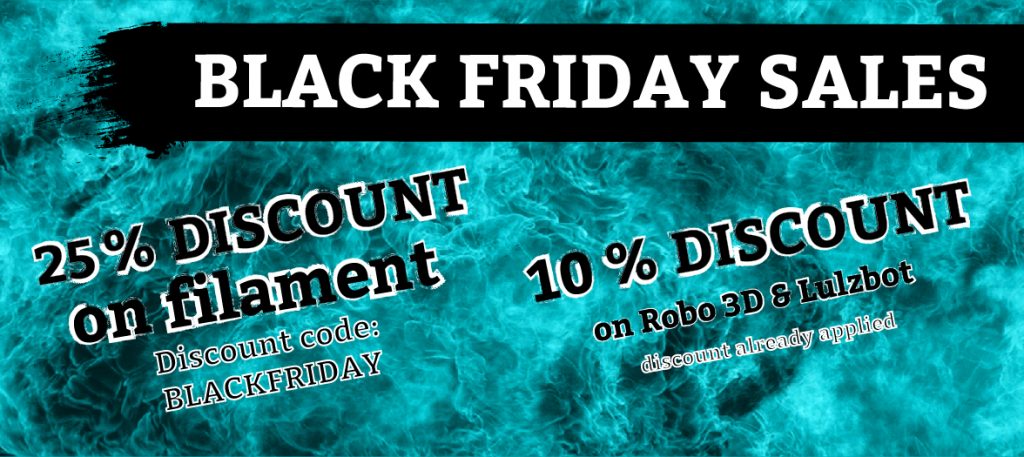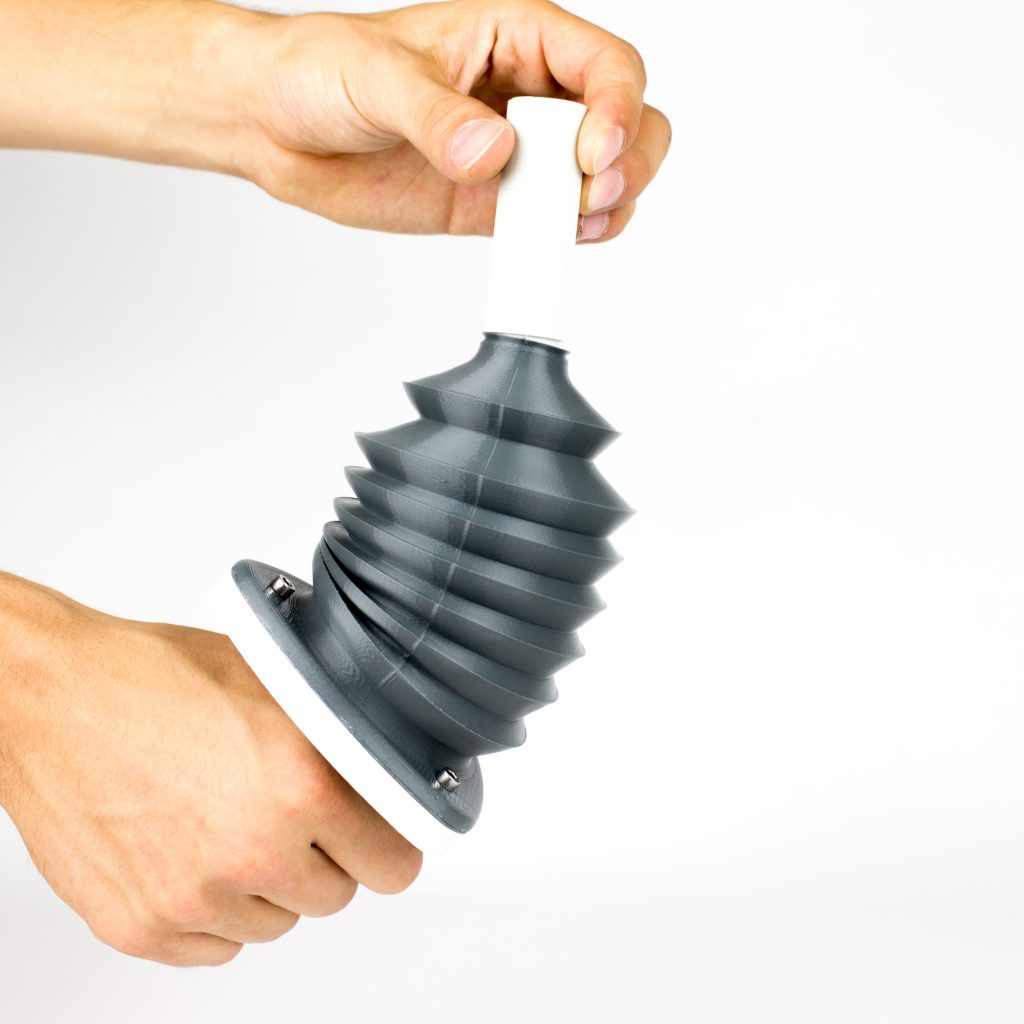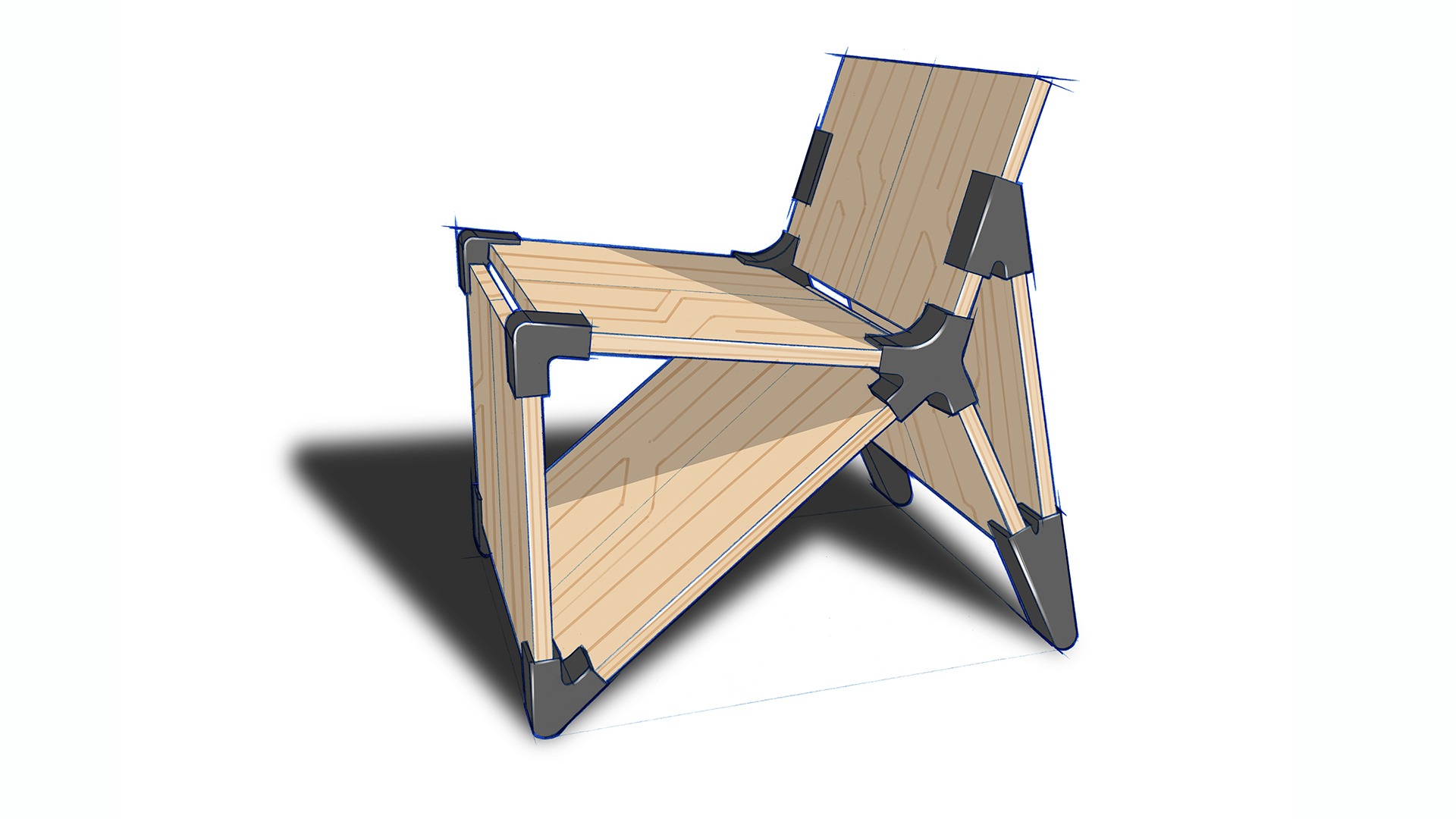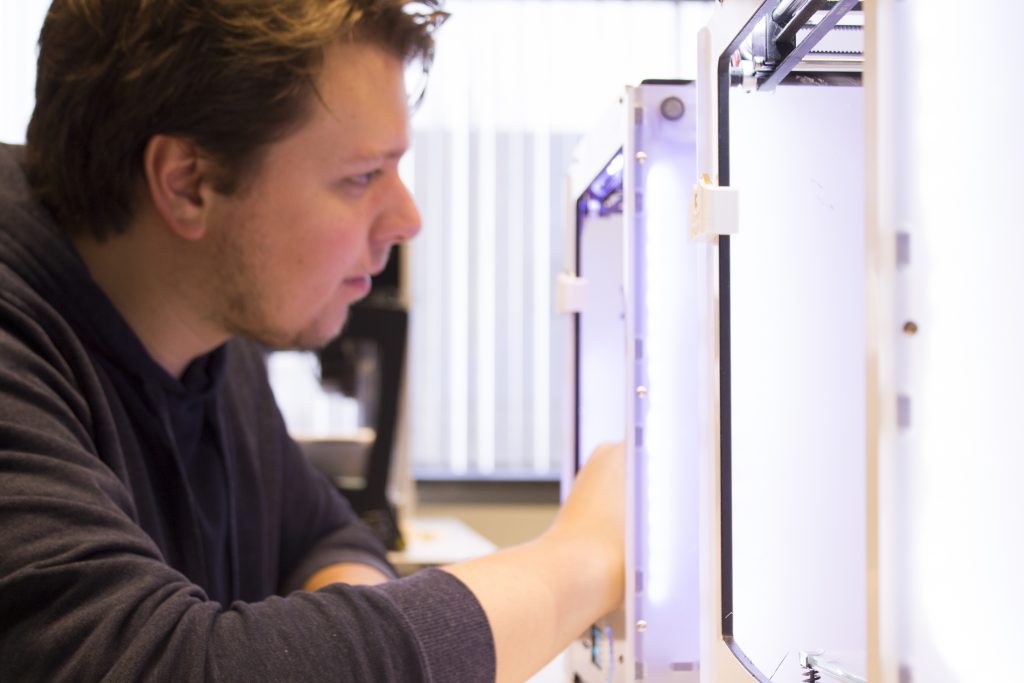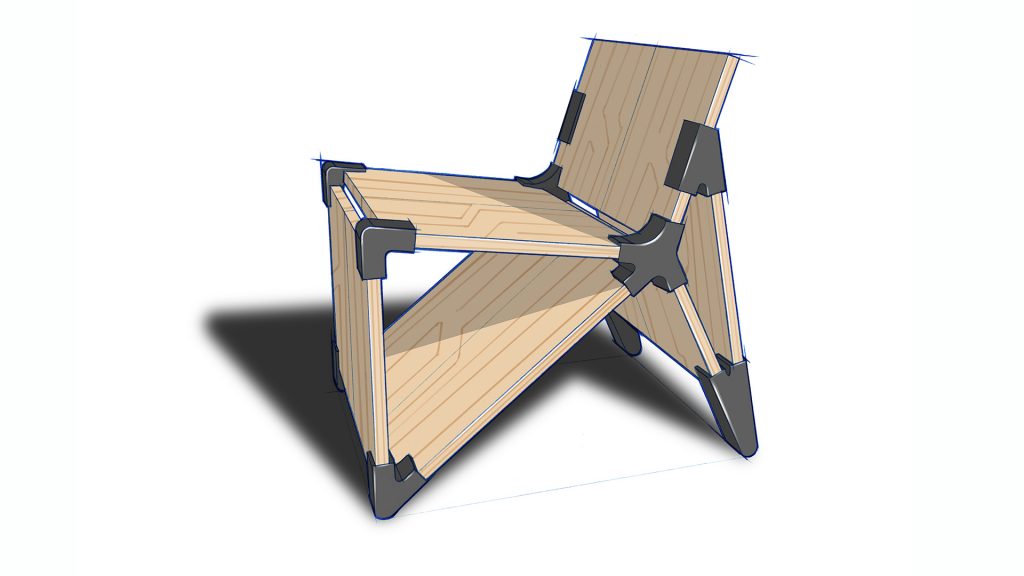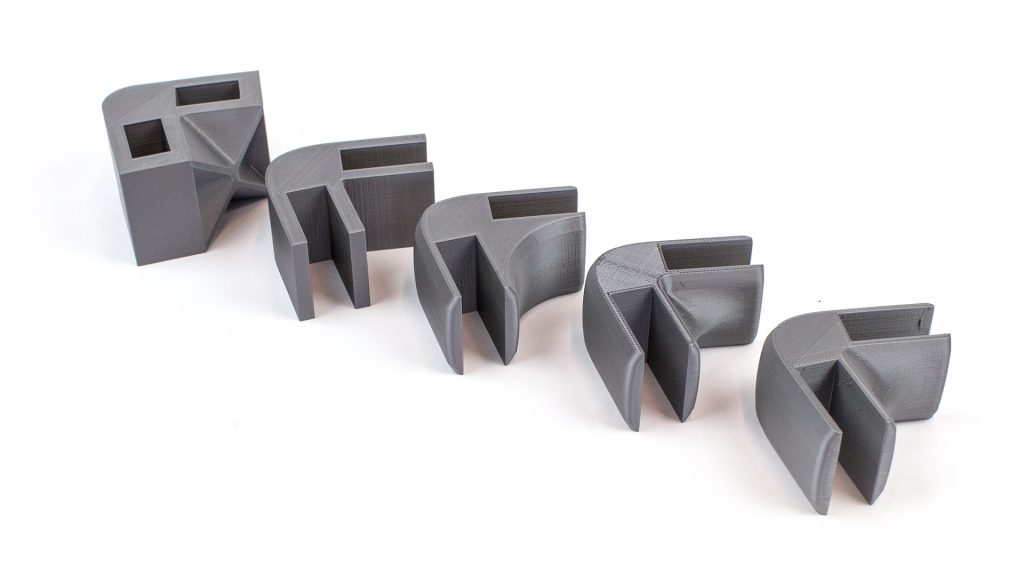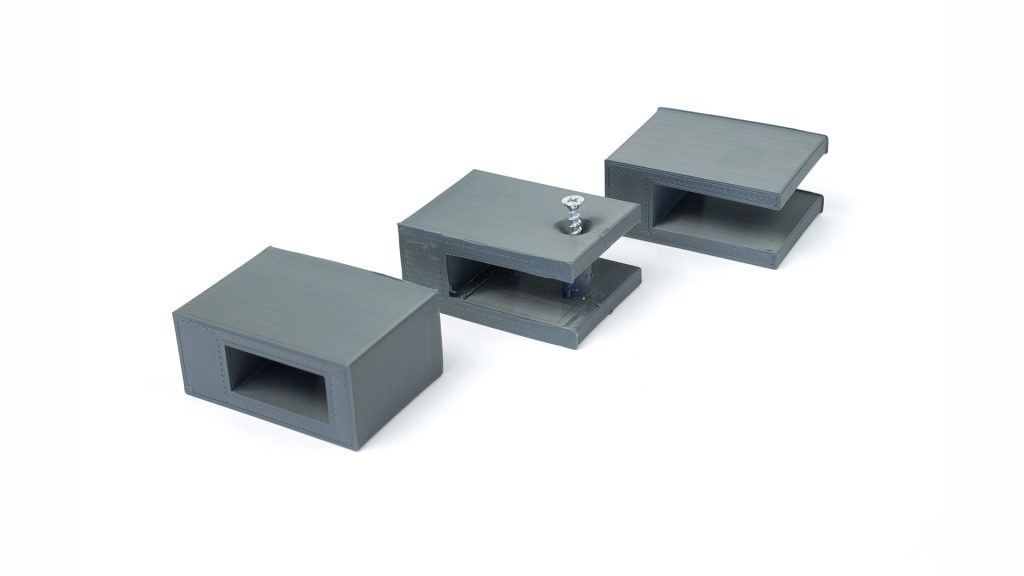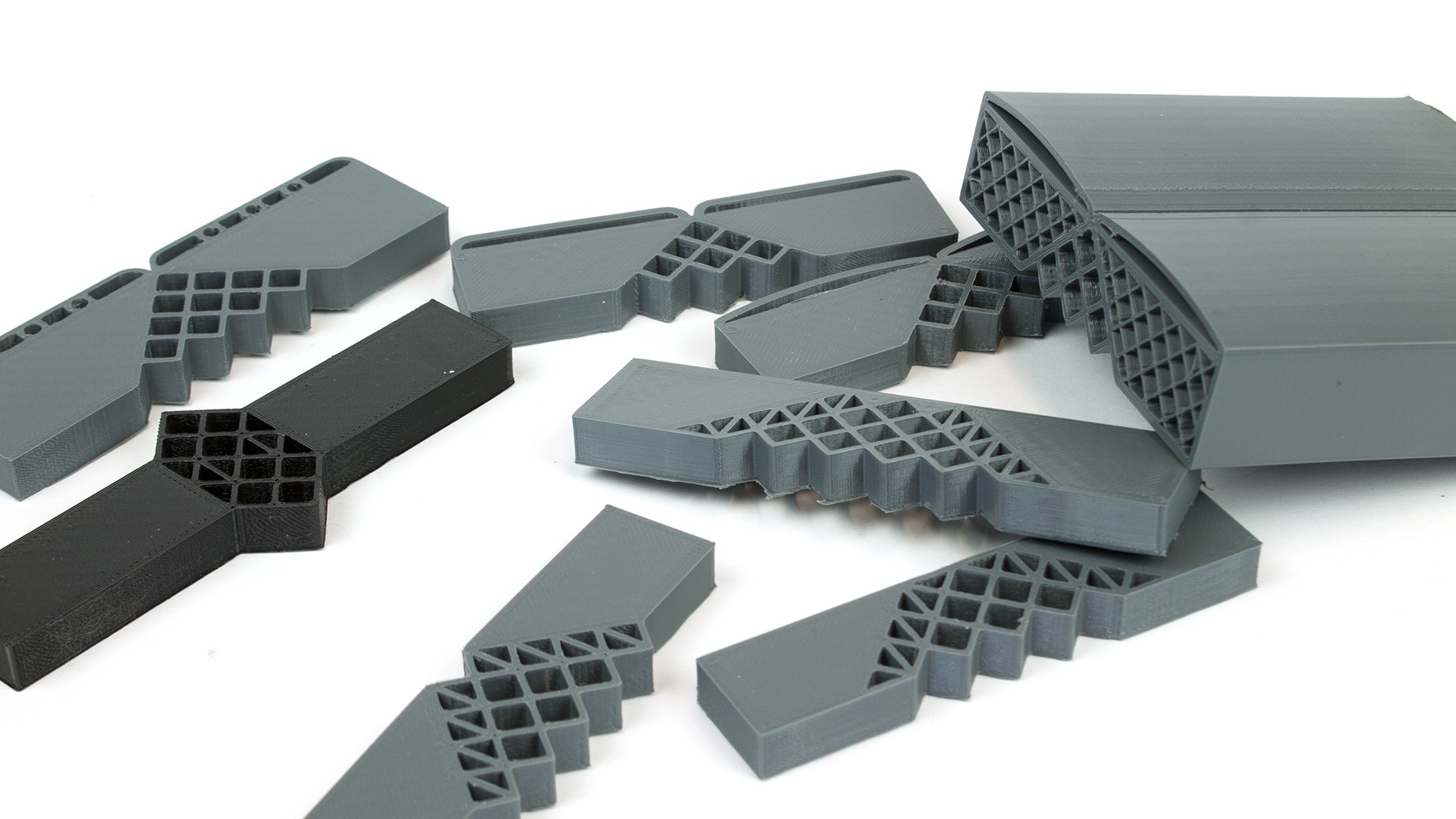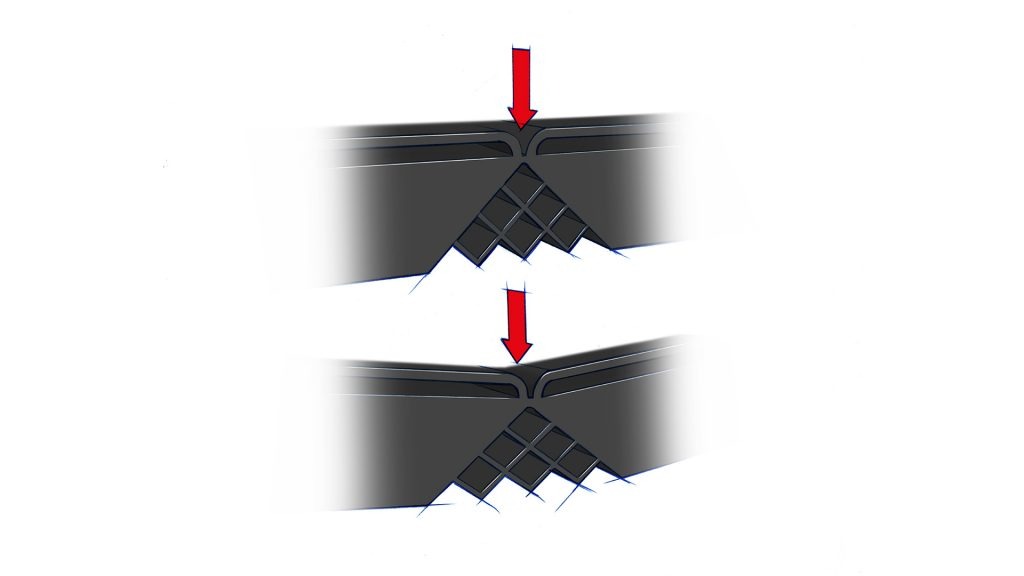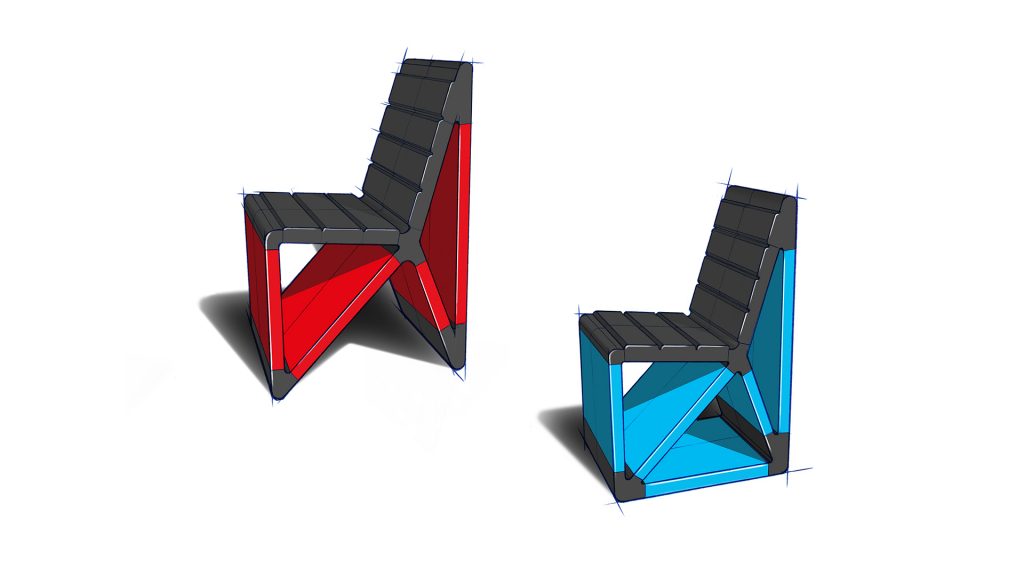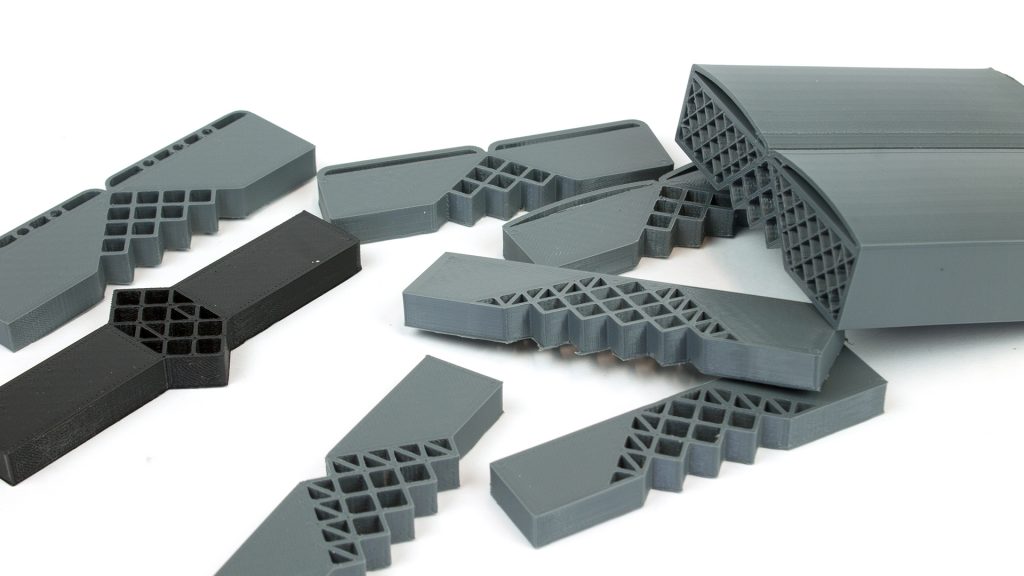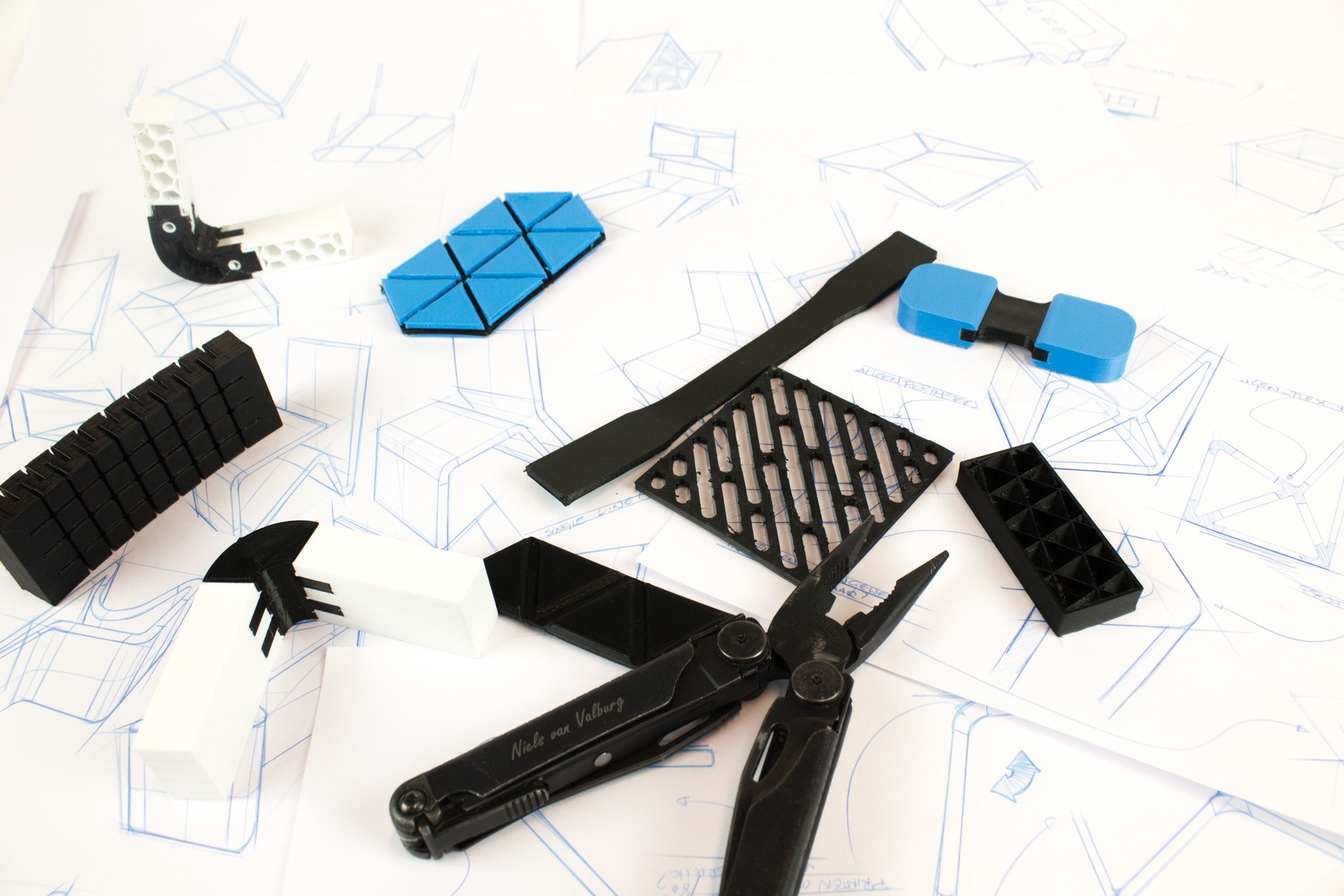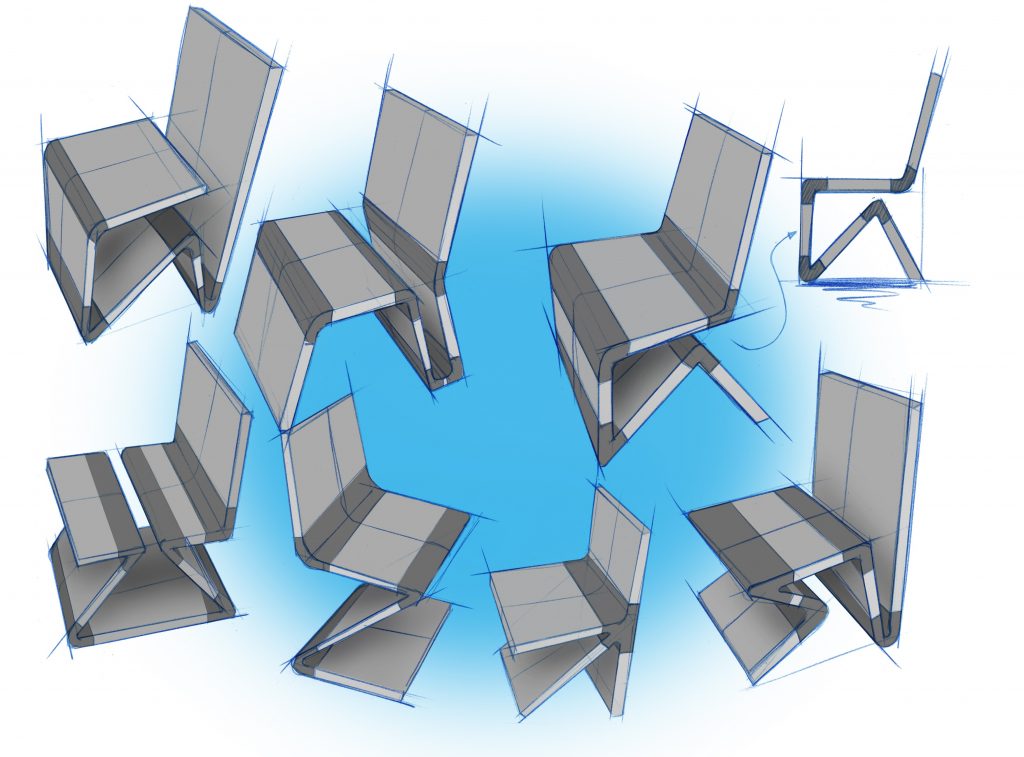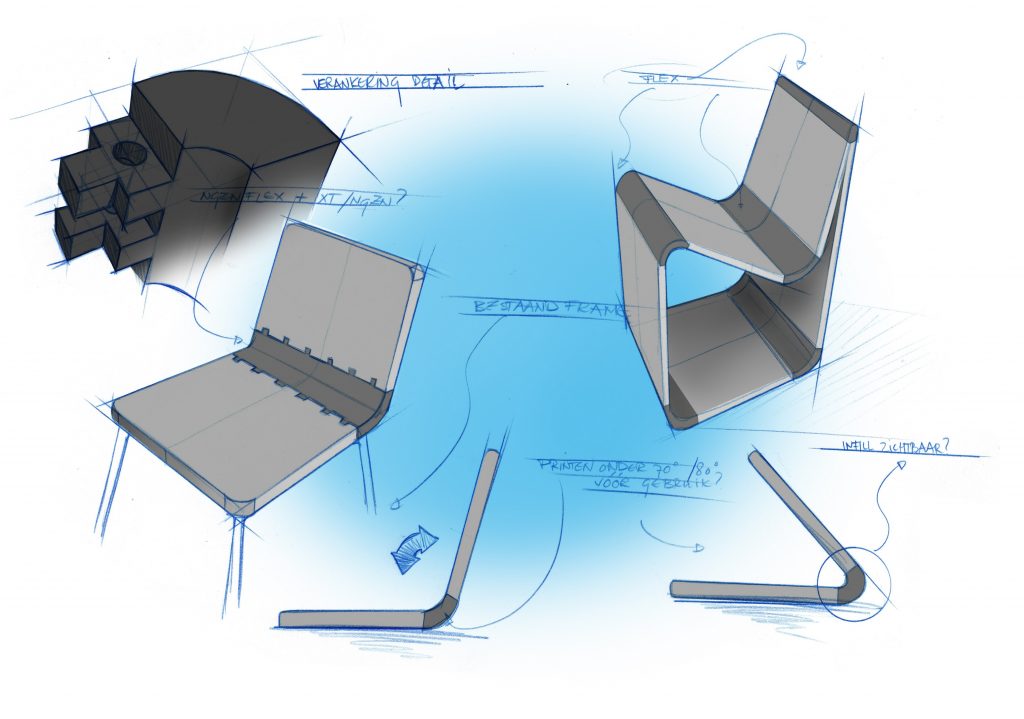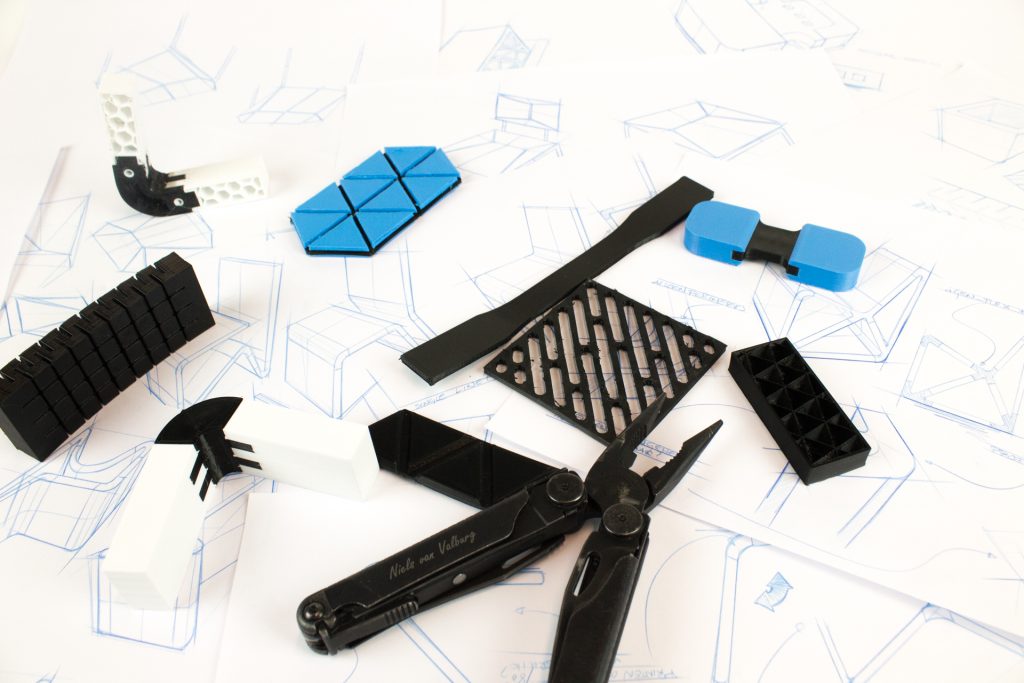Today’s print is a multi-material print since we like to mix up the filaments we have in our ever expanding portfolio. Our intern Sven Hacken went to work and designed a fully functional traffic light!
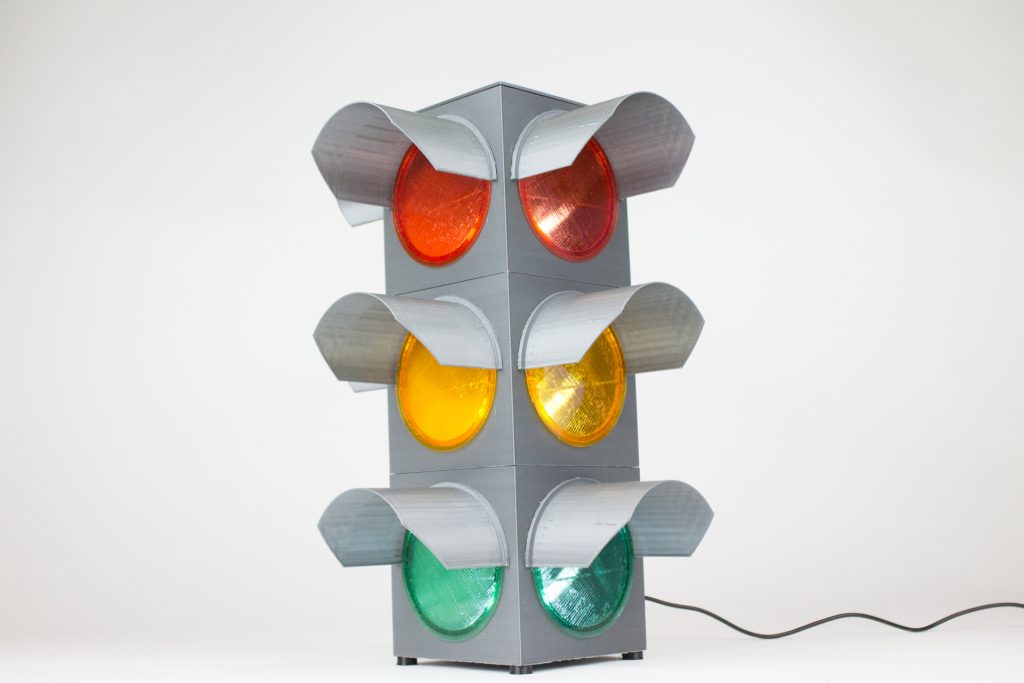 Design by Sven Hacken / CLOUD3D: https://www.thingiverse.com/thing:2826057
Design by Sven Hacken / CLOUD3D: https://www.thingiverse.com/thing:2826057
And the funny thing is: it works like a charm!
All parts were made on the Ultimaker 2, 2+ and 3. Below is a listing of the materials and settings we used:
[table id=13 /]
The variety of materials used is exemplary of the work Sven is doing in our print lab. Material of choice for the opaque, rigid parts was PLA Economy. For the transparent parts the obvious choice was our new line of transparent nGen colors and even nGen_FLEX was needed for the base feet.
For the light inside, Sven used a USB camping light (link here).
We recently added 6 new transparent colors to our portfolio of nGen filaments:
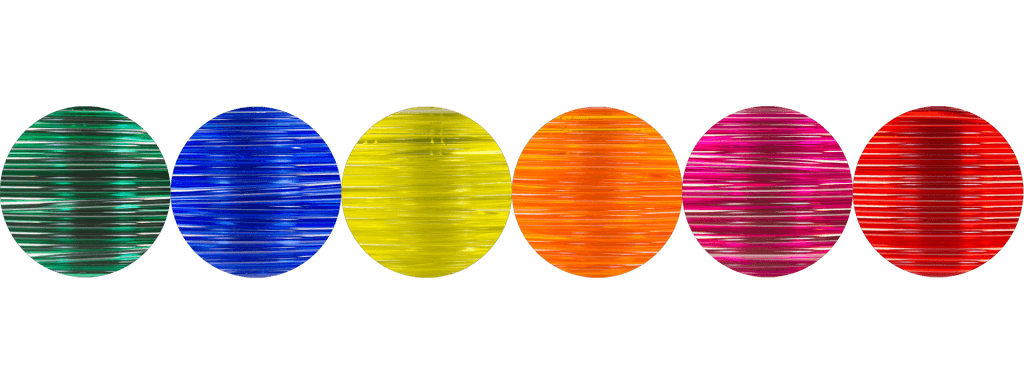 These six are added to a rich mix of 17 colors, bringing the total to 23 colors of nGen filament you can choose from as from today! With nGen Transparent colors you can print objects that have a great shine and stand out from the crowd, even from far away. With the right settings you can even print translucent objects to a degree as you can see!
These six are added to a rich mix of 17 colors, bringing the total to 23 colors of nGen filament you can choose from as from today! With nGen Transparent colors you can print objects that have a great shine and stand out from the crowd, even from far away. With the right settings you can even print translucent objects to a degree as you can see!
nGen is a true all-round material suitable for most day to day 3D printing activities. At the core of its reliability is the special chemical make-up of the Eastman Amphora™ AM3300 3D polymer, which results in a good melt stability. From pellet to filament to 3D print, nGen retains its material properties very well, meaning more stable results with less waste of time and material.
PLA Economy is a fantastic PLA grade which we launched in November 2016. Initially we released four colors: white, red, black and silver. In 2017 we added the always popular Dark Blue, which is similar to our very own Ultra Marine Blue that we offer in our portfolio of PLA/PHA filaments.
PLA Economy offers a great value for your money. One spool consists of 2.2kg of filament for a dirt cheap price of a little over € 35 (ex VAT and shipping). It is a different grade than our range of PLA/PHA, but we guarantee the same colorFabb quality. Our filaments are readily available from our webshop.
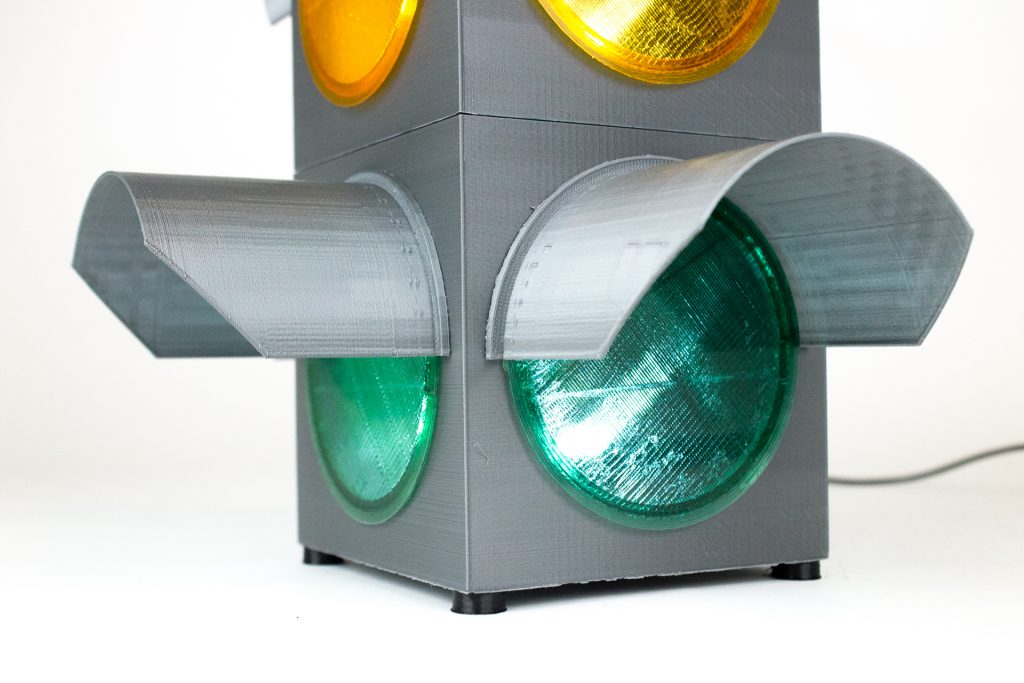 The small feet on the bottom were printed with nGen_FLEX. nGen_FLEX was our very first step into flexible filaments. Our main focus before had been rigid and stiff materials, but we found that we should add a functional filament to our portfolio that met the needs of our users. Our co-operation with Eastman Chemical Company has lead to the release in the fall of 2016 of nGen_FLEX – made with Eastman Amphora FL6000.
The small feet on the bottom were printed with nGen_FLEX. nGen_FLEX was our very first step into flexible filaments. Our main focus before had been rigid and stiff materials, but we found that we should add a functional filament to our portfolio that met the needs of our users. Our co-operation with Eastman Chemical Company has lead to the release in the fall of 2016 of nGen_FLEX – made with Eastman Amphora FL6000.
